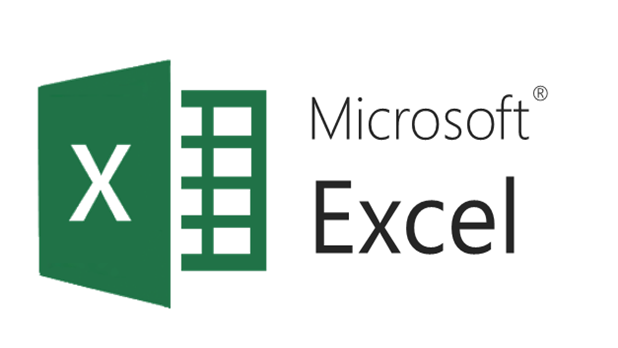5 Ways to Quickly Toggle Excel Sheets

Navigating efficiently through Microsoft Excel's many sheets is crucial for users who deal with extensive data analysis or those who manage complex workbooks. Here are five practical methods to help you toggle quickly between Excel sheets:
1. Keyboard Shortcuts

Keyboard shortcuts are your ally in speeding up work processes in Excel:
- Alt + Page Down: Moves to the next sheet to the right.
- Alt + Page Up: Navigates to the previous sheet to the left.
- Ctrl + PgUp: Also moves to the previous sheet.
- Ctrl + PgDn: Likewise, goes to the next sheet.
💡 Note: These shortcuts are standard across different versions of Excel, ensuring wide compatibility.
2. Navigation Pane

If you prefer visual navigation:
- Locate the Navigation Pane at the bottom of the Excel window.
- Click on the desired sheet tab to switch instantly.
- Right-click on any sheet tab for additional sheet management options.
3. Ribbon Commands

The Ribbon offers a more graphical approach to navigation:
- Navigate to the View tab on the Ribbon.
- Click on the arrow under Switch Windows to see a list of open sheets.
- Select the sheet you want to switch to.
⚠️ Note: This method can be handy if you’re working with multiple workbooks, not just sheets.
4. Right-Click Sheet Activation

Here’s a lesser-known trick for quick switching:
- Right-click the sheet navigation arrows at the bottom of the workbook window.
- Choose from the list of sheets to quickly change your active sheet.
5. Custom Macros

For those who crave customization, macros can automate the sheet switching process:
- Open the Visual Basic Editor with Alt + F11.
- Insert a new module with Insert > Module.
- Enter the VBA code to switch sheets:
Sub NextSheet() If ActiveSheet.Index < ThisWorkbook.Sheets.Count Then Sheets(ActiveSheet.Index + 1).Select Else Sheets(1).Select End If End SubSub PreviousSheet() If ActiveSheet.Index > 1 Then Sheets(ActiveSheet.Index - 1).Select Else Sheets(ThisWorkbook.Sheets.Count).Select End If End Sub - Assign these macros to a custom Ribbon button or keyboard shortcut for easy access.
In sum, quickly toggling Excel sheets can significantly enhance your productivity when working with large or complex spreadsheets. You can use built-in shortcuts for immediate switching, the Navigation Pane for visual navigation, Ribbon commands for contextual switching, right-click functionality for fast activation, or even set up custom macros for tailored solutions. Understanding and mastering these navigation techniques will not only save time but also streamline your workflow, making data analysis more efficient and less of a burden.
Can I use these navigation methods for all versions of Excel?

+
Yes, most of these navigation methods, particularly the keyboard shortcuts and Navigation Pane, are consistent across different versions of Excel, including Office 365, Excel 2019, 2016, 2013, and older versions.
Is there a limit to how many sheets I can have in a workbook?

+
The theoretical limit in Excel is 1,048,576 rows by 16,384 columns per sheet, but the practical limit depends on system performance. A typical Excel workbook with standard sheet sizes can handle several hundred sheets without significant performance issues.
How do I prevent accidental sheet changes?

+
To avoid accidental sheet changes, you can lock sheets with passwords or restrict user interaction through Excel’s protection features. Also, using the ‘View Side by Side’ feature in newer versions of Excel can keep important sheets visible for comparison without navigating away.
What if I can’t see all my sheets due to a large number?

+
Right-click on any of the sheet navigation arrows at the bottom to display all available sheets. For even more control, you can create a ‘Table of Contents’ sheet with hyperlinks to other sheets, or use named ranges for quick navigation.
Can macros affect the speed of my Excel workbook?

+
Yes, complex macros can slow down Excel. Optimize your macros by minimizing loops, using efficient coding practices, and disabling screen updating during macro execution to speed up performance.



